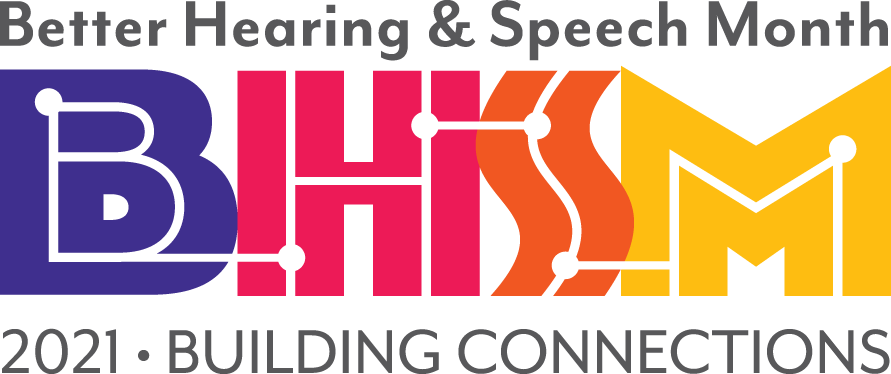The American Speech, Language, Hearing Association provides resources to help promote the fact that May is Better Hearing and Speech Month. Use these resources to help spread the word about how to help others improve communication abilities.
Monthly Archives: April 2021
Repeating Specific Words During Shared Reading to Teach Language Using Augmentative/Alternative Communication
Reading together can be a great opportunity to model language using augmentative/alternative communication. When reading a story together, communication partners (you!) can help a student learn vocabulary by using the AAC yourself to comment on what’s happening in the story, ask an open-ended question about the story or picture in the story, and then respond to the question or whatever the student expresses.
Focusing on specific words provides repetition necessary to learn how they are used.
The following is an example created by Speech-Language Pathologist Jessica Cerovich who models language using an AAC application while reading a book. The words focused on are Like and Don’t Like.
-
-
Comment on what is happening such as “I like” and “don’t like.”
-
Ask an open ended question like “What do you like?”
-
Respond when the child communicates anything.
-
Accessibility checkers to learn how to design materials for everyone
Most educators do not have a background in designing and creating educational materials with accessibility in mind. An accessibility checker will catch design mistakes and guide educators through a process of how to fix them. Consistent use of an accessibility checker consistently helps people learn how to design the next material with less errors. Educators will learn from their mistakes and begin to anticipate what is needed to mitigate errors. The following video explains how to use Grackle Docs to check files created using Google Suite for accessibility errors.
Cedar Lane’s Picture Communication Playground Boards
Educators at Cedar Lane Elementary School created signs near the playground to help individuals learn language. Designed using the most frequently used words (aka Core Vocabulary), learners point to symbols to make phrases as a form of expression. Peers of those who are learning language using augmentative/alternative communication access the symbols as well to help their friends learn what different words mean and how they are used.


